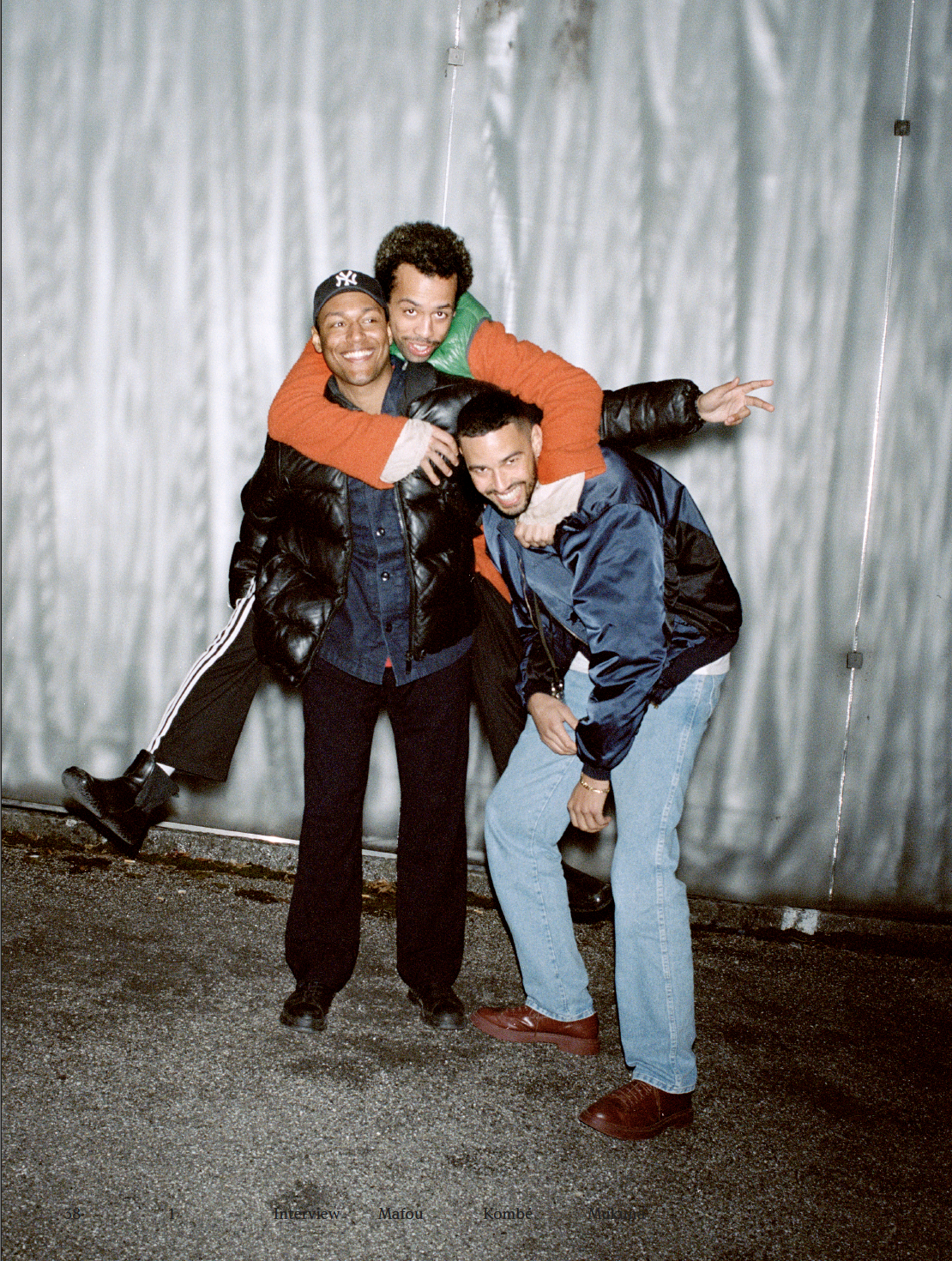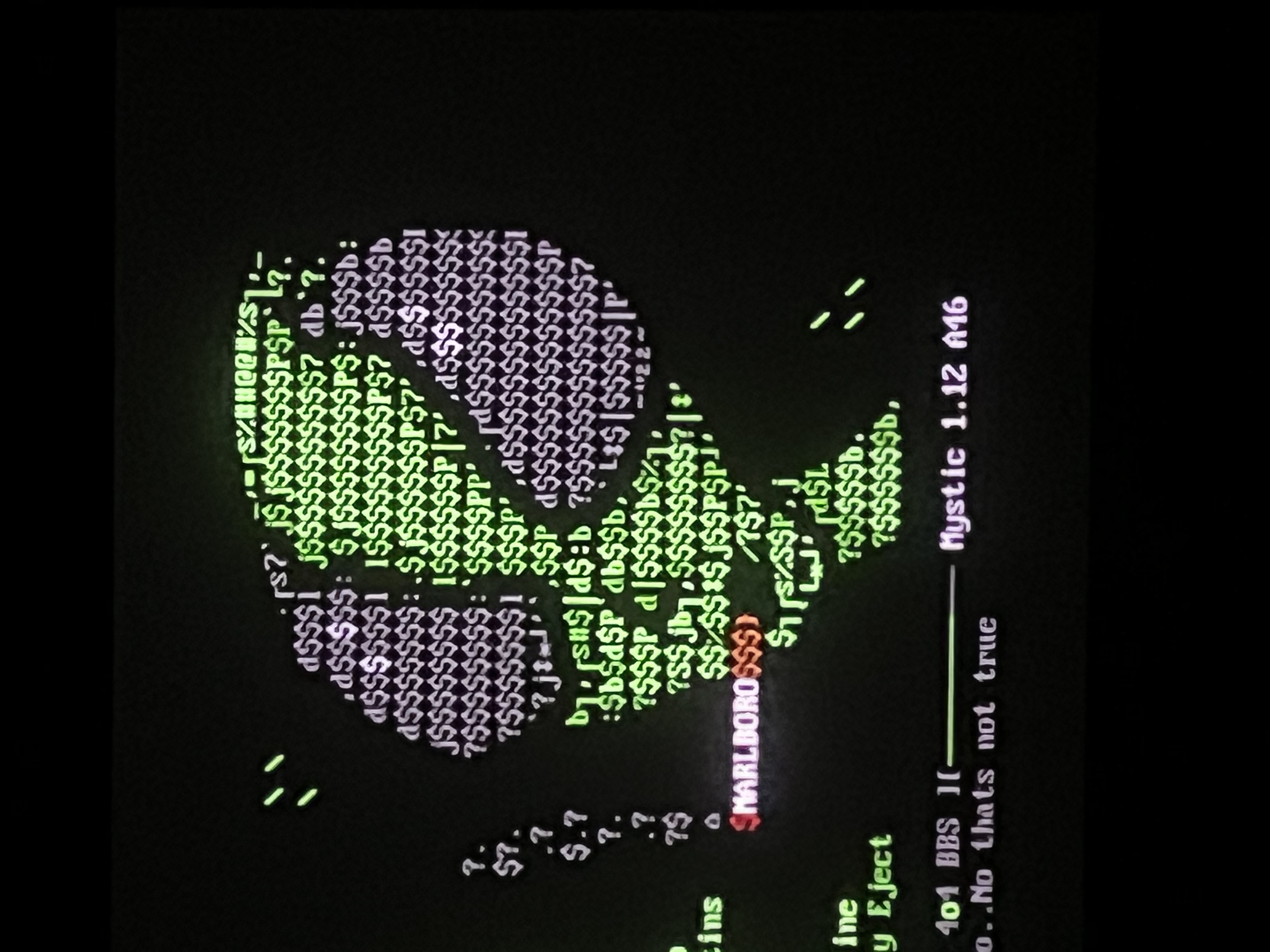IN CONSTANT FLUX
Ángelica Ballesteros, co-founder and voice of the music project Meth Math, speaks with refreshing honesty and enthusiasm, letting her thoughts orbit effortlessly around her manifold artistic endeavors. In Meth Math’s tracks, the two producers error.error and Bonsai Babies provide the soundtrack to Ángelica’s autotuned voice. From their hometown of Hermosillo, in northern Mexico, they have established a sound that forms new spheres through contrasts between postreggaetòn, pop, and club music. Meth Math is uplifting and evokes a presence that has a gothy cuteness. Before her performance at Café Sismo, located at the dizzyingly busy center of Mexico City, Max Wild chatted with Ballesteros about her understanding of context while performing, childhood dreams, and the beauty of letting things go in order to engage with them again.
FINDING PURPOSE IN SOUND AND CAUSE
Five years ago, Basel-based artists Mukuna, Kombé, and Mafou collectively released SORI 001, which marked their production debut and initiated the label Somatic Rituals. Since then, they’ve been keeping busy and building throughout Switzerland and abroad with a monthly residency at Basel’s Elysia, a show on EOS Radio, and visits to places like New York City to link with like-minded artists and collectives. Since the beginning, Somatic Rituals has been in constant progression, both as a collective and as individual artists, without taking any shortcuts and a belief in a deliberate process. They tackle all of it with an insistence on the premise that excellence in craft and forming community (both on and off the stage) are the bedrock of their endeavor. With their five-year anniversary approaching, it seemed like the right time to sit down with the collective and have a chat. Coherent, composed, and very much in-tune with what they want to convey, it seems as if both their vision for their label and artistic practice are falling into place. zweikommasieben’s Max Wild asked them about what they’ve been up to lately, the responsibility and pride that comes with being a Black-owned label, and what the future holds for Somatic Rituals and their members.
STAYING NIMBLE
In October, Darío Acuña [also known under his artist moniker Darío Afb] released his second album Llanura via the label Filiae Latam. With a background in classical music, a craftiness in playing the synthesizer and a fine ear for field recordings, his eclectic music ranges from ambient-leaning and drone-informed compositions to piano solos. It seems only natural that he would occasionally switch lanes and link up with visual artists, as was the case with this year’s Zurich Art Prize winner Damián Ortega. Acuñas soundscape will add sonic texture to Ortega’s exhibition at Haus Konstruktiv in Zurich, which opened at the end of October. Max Wild caught up with Darío Acuña to talk about the myriad connections between nature and ambient, the genre as an ideological antithesis to today’s streaming culture and the album as an ecosystem.
UNIFYING NOISE
It is not easy to find common grounds these days. After two years of collectively shared solitude, we all got out, flinched our eyes and noticed that we possibly have further grown apart than before. But while all is drifting, the Lausanne Underground Film & Music Festival (LUFF) requested the presence of mind and body, advocating to find community within the spheres of experimental film and sound, as always, spreading through various venues in Lausanne.
TENANT OF CULTURE:
EXTRACTING MEANING FROM THE DISCARDED
Fashion is a transnational language we all speak, even if we refuse to practise it: By simply wearing clothes and stepping into the public eye, a statement is made visible. Garments are ingrained in the routine of everyday life, ubiquitous objects that tell stories of identity, affiliation and status. Loaded with implication, garments can adhere to a certain time in history, even a certain event, manifesting itself as a pillar of pop culture and history. What has shifted is how we perceive clothes as part of a globalised industry, incorporating wretched production sites in Third World countries, massive fast-fashion stores and eventually, an unfathomable amount of excess, either having their last dance at thrift stores, flea markets and charity shops, or being incinerated out of sight from the (seemingly) conscious consumer. [...]





